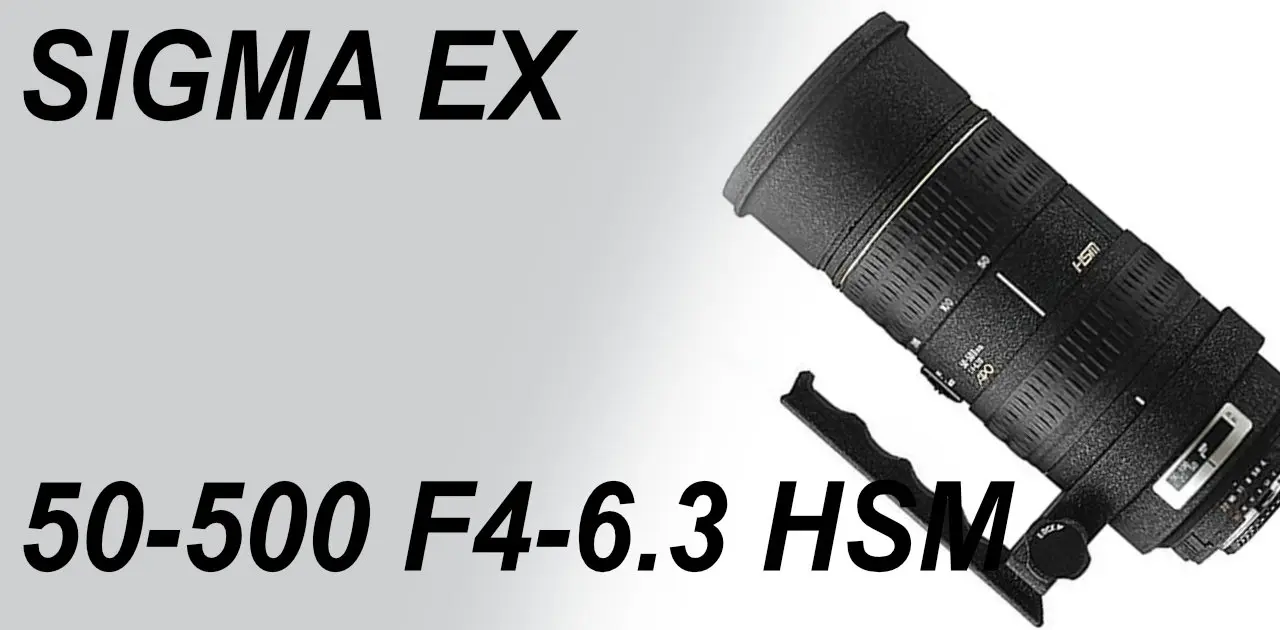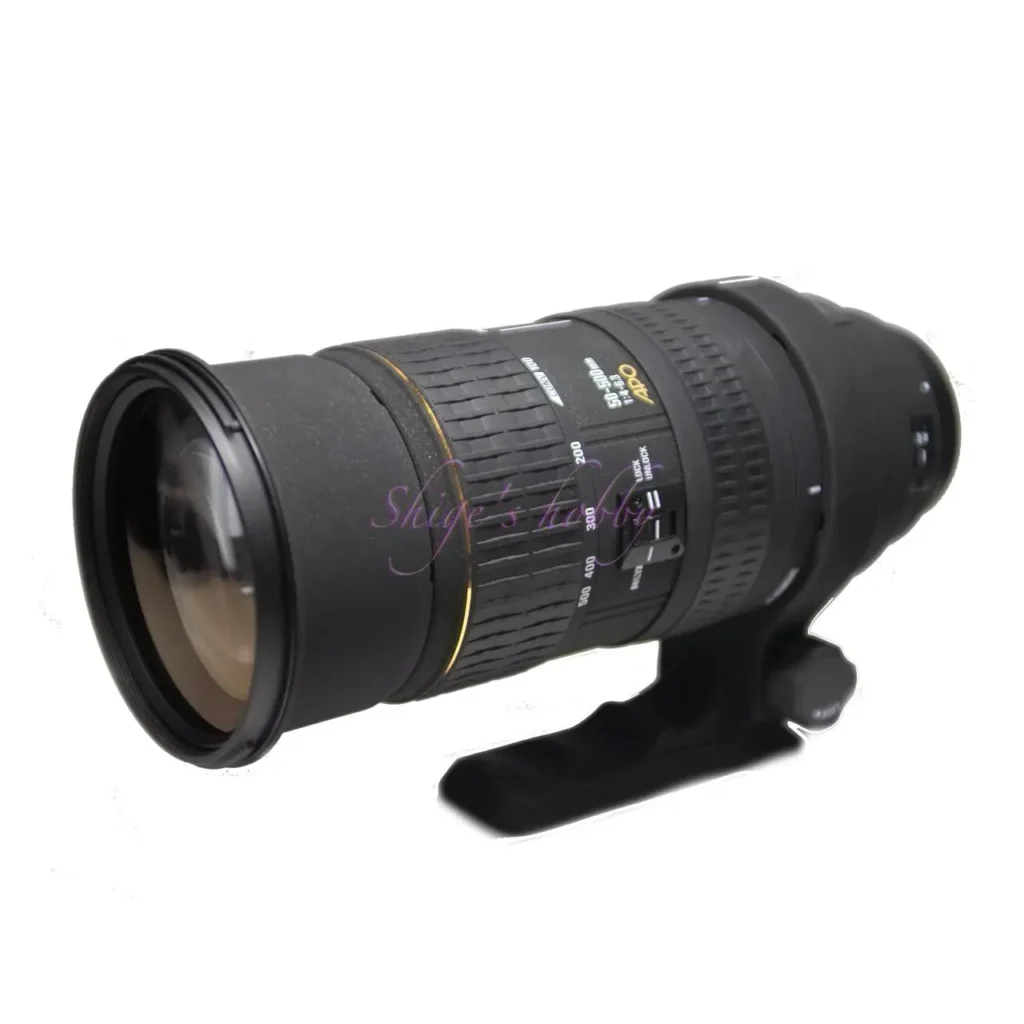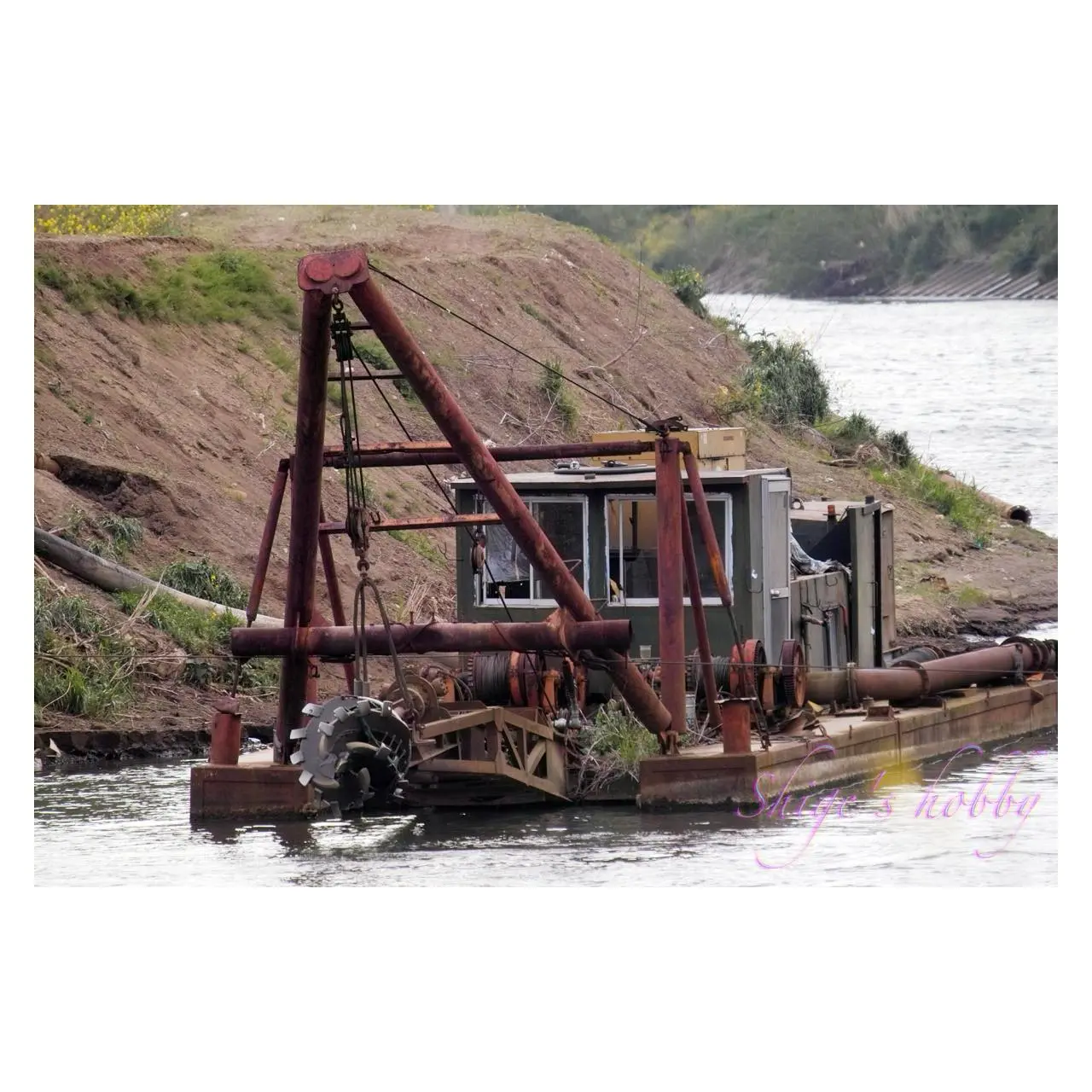10x zoom SIGMA 50-500mm F4-6.3 EX HSM RF

A review and sample photos using the SIGMA 50-500mm F4-6.3 EX HSM RF with the SIGMA SD10 and KONICA MINOLTA α Sweet Digital.
- Please see the disclaimer regarding advertising here.
- Italicized links in the text are advertisement links that take you to other sites.
Table of contents

Gallery
The following cameras were used to take the sample photos:
- SIGMA SD10
- α Sweet Digital
Review

1.Overview
The SIGMA 50-500mm F4-6.3 EX RF HSM is a 35mm-compatible telephoto autofocus zoom lens manufactured by Sigma and released in 2004.
It has a lens configuration of 20 elements in 16 groups, an ultrasonic motor (HSM), 9 aperture blades, an aperture range of F4-6.3, a minimum focusing distance of 1-3m, a weight of 1.85kg, and a removable tripod mount.
The “RF” abbreviation in the lens name stands for rear-focus, meaning that focusing is performed by the rear lens group inside the lens barrel, so the lens length does not change when focusing. The lens length increases as the zoom moves toward the telephoto end.
The RF version without DG is compatible with the Sigma SA, Canon EF, and NIKON-F lens mounts, which are equipped with HSM, as well as the Minolta α and Pentax K, which are not equipped with HSM.
This was a transitional product, with a DG version featuring updated lens coating. A year later, in 2005, the Sigma SA, Canon EF, and Nikon F models equipped with HSM, the Pentax K without HSM, and the Minolta/Sony α models were released, followed by the Four Thirds models equipped with HSM in 2006.
Although not included in the product name, this lens is an APO lens, employing special low-dispersion glass to minimize chromatic aberration. It also incorporates aspherical lens elements.
The APO TELE CONVERTER 2x EX and APO TELE CONVERTER 1.4x EX can be attached, but because the maximum aperture of the lens becomes slower than 5.6 when a teleconverter is attached, autofocus becomes unusable on low-range cameras like Sigma cameras, which are limited to autofocus at f/5.6 or slower. However, autofocus should be possible on cameras that can autofocus at f/8.
Accessories include a case and a cylindrical hood (H935_01), and the list price is 162,000 yen (excluding tax).
2.Usability
The SIGMA 50-500mm F4-6.3 EX RF HSM is Sigma’s original high-magnification ultra-telephoto zoom lens.
The first one I purchased was the Sigma SA-mount version for my SIGMA SD10 digital SLR camera. The SIGMA SD10 uses the smallest APS-C sensor (20.7 x 13.8mm), which translates to a 1.7x conversion factor for 35mm film. This lens is equivalent to an ultra-telephoto lens with a focal length ranging from 85mm at the wide-angle end to 850mm at the telephoto end.
While its 10x zoom makes it a somewhat unusual lens, when used with the SIGMA SD10’s Foveon sensor, the results are quite impressive, perhaps because only the center of the lens is used.
The 50-500mm shooting range is quite convenient, allowing for all-around capture, from landscapes to close-ups. The photo on the left below shows the landscape shot at 50mm (equivalent to 85mm), and the photo on the right shows the boat in the left photo captured at 500mm (equivalent to 850mm). This zoom range gives you flexibility in the angle of view when shooting, and although it is large and heavy, you can see that this single lens can handle a variety of situations.


After using the Sigma SA-mount for a while, I wanted a prime telephoto lens, so I sold it and bought the APO 500mm HSM. This lens is one of those that taught me the lesson of carefully considering your intended use before buying a lens.
However, I often get carried away by my curiosity to try out unusual mono lenses, so even after carefully considering my intended use, I often end up cheating on my lenses.
Later, I grew impatient with Sigma’s slow response to releasing a successor to the SD10, and when I bought a Konica Minolta α camera, I found this versatile lens second-hand and found it cheap, so I bought the DG version of the α-mount for my α Sweet Digital.
At the time, genuine Konica Minolta α lenses included both new lenses with lens motors and older lenses with body motors. Sigma did not equip this lens with a motor, but instead used the body motor. This is thought to allow for the use of conventional lens control mechanisms.
The α Sweet Digital uses the most standard APS-C sensor (23.5mm x 15.6mm), which has a conversion factor of 1.5x to 35mm film. This lens is an ultra-telephoto lens equivalent to 75mm at the wide-angle end and 750mm at the telephoto end.
I took the α Sweet Digital with me on a trip to Australia, and it performed perfectly in full sunshine. Its f/6.3 telephoto end, combined with the camera’s in-body image stabilization and abundant sunlight, produced sufficient image quality without the worry of camera shake.
This lens is large, but its ability to cover a wide range from standard to ultra-telephoto with just one lens is a major advantage. It’s useful when you want to carry an ultra-telephoto lens while reducing your luggage.
I brought it with me hoping to capture kookaburras at the 500mm telephoto end, but due to a lack of research into their habitat, I wasn’t able to spot any in the wild. Instead, I ended up seeing some at the zoo.
But I’m happy that I was able to take some decent shots of local young people surfing on the beach.
However, this lens is large and intimidating, so it will probably only be used outdoors. A camera with this attached in the city looks quite exaggerated, and there are some places overseas where there are restrictions on photography, so it would be quite difficult to be stopped by the police overseas, so it’s probably best not to use it.
3.Summary
In conclusion, to sum up the SIGMA 50-500mm F4-6.3 EX RF HSM is a versatile high-magnification zoom lens for outdoor use.
However, if you only use the telephoto end, there’s no doubt that a prime lens will be brighter and provide better image quality.
When using it with a camera that doesn’t have built-in image stabilization, it’s best to choose a later-generation lens that has OS (optical image stabilization). If your camera has in-body image stabilization, you can expect this lens to provide a certain degree of image stabilization even at the telephoto end of 500mm. When using it with the α Sweet Digital, there were times when I felt the benefits of the image stabilization.
Specifications, considerations, etc.
Around the time this lens was released in 2004, Sigma began to change the exterior design of their lenses, and the quality of the lenses improved. When this lens was announced, I was intrigued by the exterior design and its ambitious lens specifications, so I purchased it soon after release as an ultra-telephoto lens for my SIGMA SD10.
At the time, I was comparing it to the already-released 150-500mm or the 500mm F4.5 prime lens, but the 150-500mm was an outdated design, and the 500mm prime was expensive, so I couldn’t make up my mind and purchased this lens shortly after it was released.
In the 2000s, Sigma was the only company making 10x zoom lenses on the telephoto side, with Sigma and Tamron making 3x zoom lenses that covered 500mm.
Perhaps because camera manufacturers had a policy of sticking to prime lenses for telephoto lenses, these types of telephoto zoom lenses were the exclusive domain of lens manufacturers.
Prime lenses from camera manufacturers were expensive, so telephoto zoom lenses from lens manufacturers, which were cheaper than camera manufacturer lenses, were very welcome for hobbyists who photographed airplanes or wild birds.
Today, Sigma has expanded the focal length to 600mm on the telephoto end. The 150-600 has accomplished the incredible feat of releasing two lenses of the same focal length at almost the same time: the lightweight Contemporary and the performance-oriented Sports.
Sigma is truly amazing as a manufacturer, able to handle everything from designing to manufacturing such a complex lens. It’s likely that Leica and Olympus commission Sigma for their telephoto lenses because they are attracted to its design and manufacturing capabilities.
- 60-600mm F4.5-6.3 DG OS HSM | Sports
- 150-600mm F5-6.3 DG OS HSM | Contemporary
- 150-600mm F5-6.3 DG OS HSM | Sports(No longer available)
In the 2020s, companies have abandoned their commitment to prime lenses and are making telephoto lenses using zoom lenses. The main lenses are as follows. Although each company has a certain price tag, they are not unaffordable compared to prime lenses, so photographers in the 2020s are happy to have many options.
- SONY SEL200600G FE 200-600mm F5.6-6.3 G OSS
- TAMRON SP AF200-500mm F/5-6.3 Di LD [IF] Model A08
- Fujinon lens XF150-600mmF5.6-8 R LM OIS WR
- HD PENTAX-D FA150-450mmF4.5-5.6ED DC AW
- M.ZUIKO DIGITAL ED 150-400mm F4.5 TC1.25x IS PRO
- RF200-800mm F6.3-9 IS USM
- NIKKOR Z 180-600mm f/5.6-6.3 VR
| Items | EX RF | EX DG | DG OS |
| Focal length(mm) | 50-500 | 50-500 | 50-500 |
| Max aperture | 4-6.3 | 4-6.3 | 4.5-6.3 |
| Min aperture | 22 | 22 | 22 |
| Lens Construction | 20 elements in 16 groups | 20 elements in 16 groups | 22 elements in 16 groups |
| Aperture blade | 9枚 | 9枚 | 9枚 |
| Min distance(m) | 1~3 | 1~3 | 0.5~1.8 |
| Lens length(mm) SIGMA-SA | 216 | 216 | 219 |
| Lens Max diameter(mm) | 95 | 95 | 104 |
| Filter Size(mm) | 86 | 86 | 95 |
| Lens Hood | H935_01 | H935_01 | LH1034-02 |
| Lens mount | Sigma SA mount Canon EF mount Nikon F mount Pentax-K(without HSM) SONY-α(without HSM) | SIGMA-SA CANON-EF Nikon-F Pentax-K(without HSM) SONY-α(without HSM) Olympus−FT | SIGMA-SA CANON-EF Nikon-F Pentax-K SONY-α |
| Weight(g) SIGMA-SA | 1850 | 1840 | 1970 |
| Release date | 2004 | 2005 | 2010 |
| Price(Yen/No-tax) | ¥162,000- | ¥165,000- | ¥189,500円 |
Reference links
- SIGMA 50-500mm F4-6.3 EX RF HSM・WebArchive
- SIGMA 50-500mm F4-6.3 EX DG HSM・WebArchive
- SIGMA APO 50-500mm F4.5-6.3 DG OS HSM・SIGMA Official page
Affiliate link
- Sigma・Ads by Amazon
- Sigma lens・Ads by Amazon
- Sigma books・Ads by Amazon

Update history
- 2025.10.3
- 2024.12.21
Leave a Reply